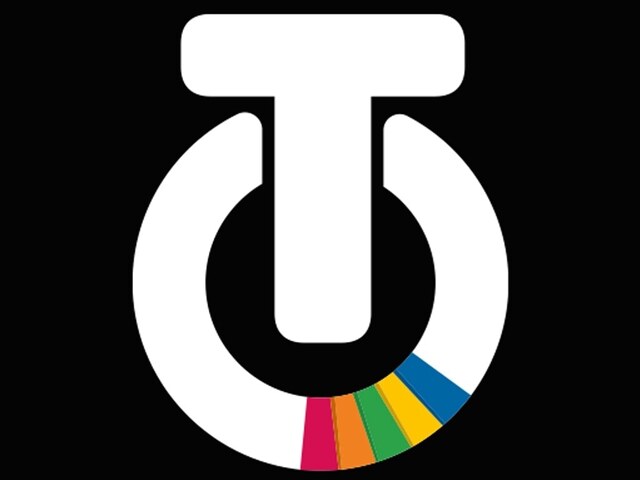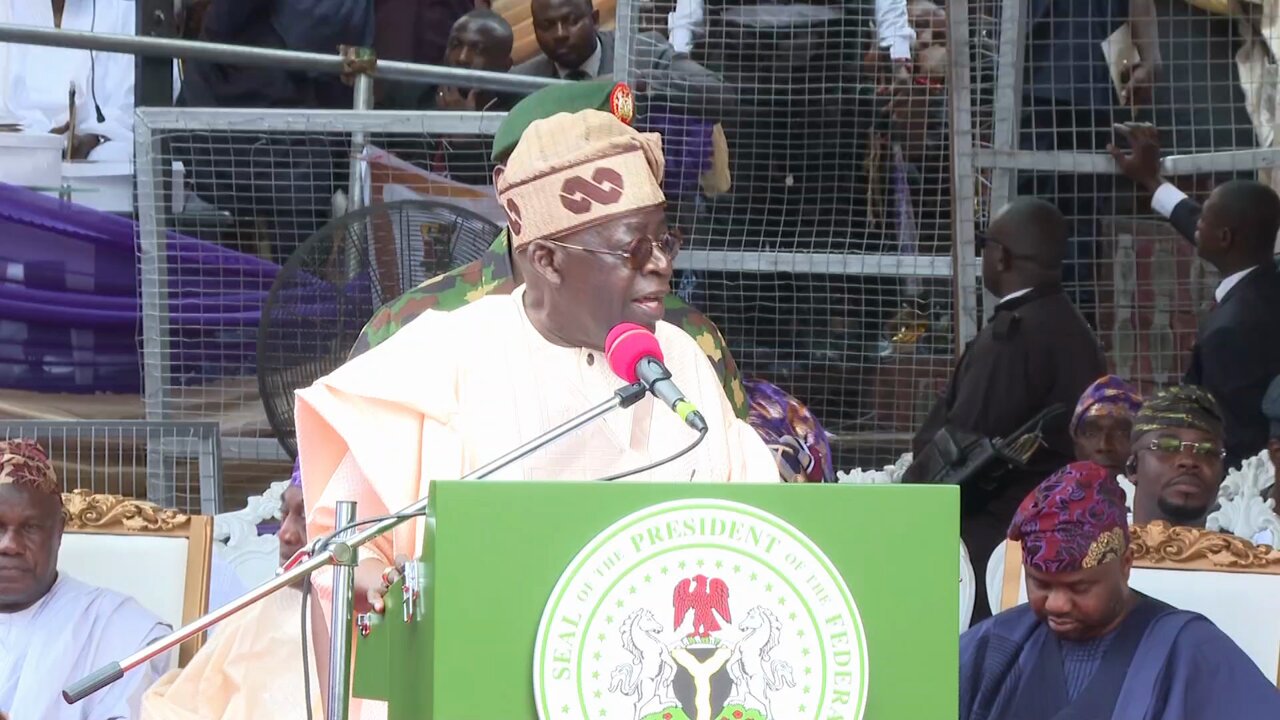Copyright ocregister

Cal State Fullerton students were quite shaken up recently — for a good reason. CSUF was among three locations chosen statewide to host the Great California ShakeOut, providing the opportunity for the campus and surrounding community to experience the sensation of a 7.0 magnitude earthquake in an interactive earthquake simulator, or, in everyday terms, a “shake trailer.” Beyond the simulated earthquake, the ShakeOut event, which took place Oct.15 in the campus quad, provided resources on earthquake readiness with emergency management experts on-site to answer questions. The Cal State Fullerton Police Department, the university’s Office of Emergency Management and Continuity and the California Governor’s Office of Emergency Services collaborated on the event. “It’s a big community here and obviously a big campus,” said Lt. Cruz Alday of the CSUF University Police Department. “It’s an opportunity for us to partner with our state partners, Cal OES, and our emergency management and provide an educational tool.” The event was a precursor to the Great California ShakeOut Drill, a campuswide earthquake preparedness drill that took place the next day. The main feature of the ShakeOut was the mobile earthquake simulator, where volunteers could take a seat inside the trailer and feel the jostling and rattling sensations that take place during a high-magnitude quake. “It was an amazing experience,” said Angelina Stefano-McIntyre, a Fullerton College student who made the short trip to CSUF specifically for the ShakeOut. “I’ve never seen anything like this in my life. It was scary, though. I wasn’t expecting it to be that lifelike. I mean, you know that’s not real, but if that were to really happen, it’d be scary.” Stefano-McIntyre also said she picked up some valuable information on what to do when an earthquake strikes. “I would just go running,” she said. “But they said don’t run.” The Office of Emergency Services was on hand offering a variety of educational materials, including information about the free MyShake App that can provide an early warning signal, giving users up to 30 seconds notice before shaking starts. The MyShake App, which can be downloaded from the Apple App Store and Google Play Store, is available in multiple languages and includes preparedness information along with the alert feature, said Jon Gudel of the Office of Emergency Services. “The MyShake App is the only one of the few tools out there that you can get the notification before you feel the shaking,” Gudel said. CSUF’s size and location provided the ideal space for the ShakeOut event, Gudel said. “It seemed like a natural fit for a lot of reasons,” he said. “We’ve got a lot of foot traffic and a lot of inquisitive kids.” Sinan Akciz, associate professor in the Geology Department at CSUF, was joined by geology students for a demonstration on how water comes to the surface during an earthquake and its effects on structures. As water was added to a fish-tank-sized model partially filled with sand and connected to an electronic device to create shaking, the water rose to the surface, tipping over mini cars and buildings in the model. “And so if the foundation of your building does not go deep enough to that dry part, then even though your house is OK due to shaking, because it didn’t crack because of slip along the earthquake, we can still have damage because the ground has sunk as the water is coming to the surface,” said Akciz, who focuses much of his research on trying to find the ages and magnitudes of past earthquakes that have occurred along the San Andreas Fault. The Great California Shakeout, which began in 2008, is a 1-minute drill in which people at thousands of schools, hospitals, churches, businesses and other facilities around the state have signed up to stop what they are doing and pretend that a major earthquake is happening. They will be told to “drop, cover and hold on” and will receive tips and other information about how to be safe when the next major earthquake occurs.



